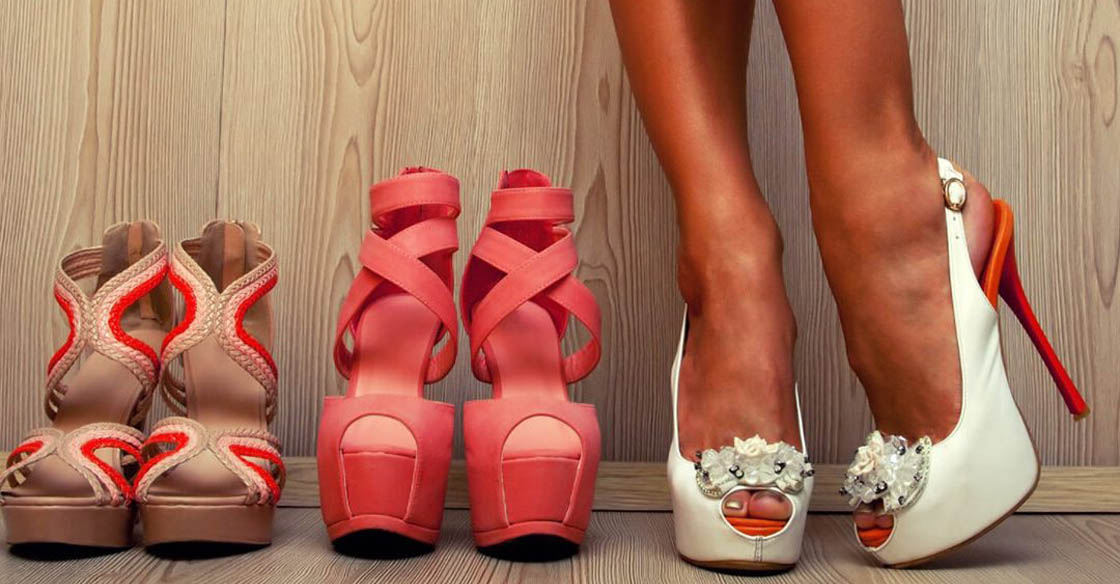Today, high heels are a staple of any woman’s closet, but it wasn’t always this way. When heels first became fashionable, they appeared on men’s footwear. Over the centuries, heels have transitioned to become a style exclusively for women, a process that has involved many stages and trends.
The First High Heels
As heels originate from the 1500s, it is difficult to pinpoint which were the first heels. They may have developed from chopines in Venice or from men’s riding shoes in Persia. One thing is certain: they were never intended for comfort. Rather, heels always had the purpose of helping the wearer appear taller and more graceful to stand out in a crowd.
The first documented uses of high heels are from European royalty, including Catherine de Medici, Mary I of England, and, later, Louis XIV of France. Catherine de Medici famously wore heels in her wedding to the Duke of Orleans in 1533, whereas Louis XIV was known for his trademark red heels, which he also required all the male members of his court to wear.
Heels for Women
Shoes remained much the same for men and women until around 1660. At this point, men’s shoes started to become more practical, eventually dropping the high heel. For women, on the other hand, shoes evolved to become ever more elegant.

A prime example of this trend is the Pompadour heel, which is curved and difficult to walk with.
A Break from Heels
For a short period starting at the beginning of the 19th century, heels fell out of fashion, gradually becoming lower until shoes were flat. The likely reasons for this were the French Revolution (as heels were still associated with aristocracy) and the Puritans dislike of heels, due to their belief that heels were linked to seduction.
Victorian Revival
In the second half of the 19th century, heels started to rise once again. This time, they were exclusively for women.

The was a strong focus on the instep — to emphasize femininity. This led to the pump, originally called the classic women’s court shoe. At the same time, erotic photography was taking off. Many of the original pictures showed nude women in high heels.
Post-World War II Era
After World War II, the most important addition to shoe fashion was the stiletto, invented by Roger Vivier for Christian Dior. Technically, a heel is a stiletto when in the range of 1.5 inches to more than 5 inches.

Heels Today
Heels remain essential for glamor, but they also appear in casual styles of shoes and formal yet conservative footwear, such as shoes for work. Wedge forms are also classified as a type of high heel and are ideal for when shoes need to be practical but the wearer still wants to look elegant, such as for dancing.

In fact, today there is no limit to styles of heels, with new designs hitting the market everyday. This may explain why most women need a large collection of shoes just to survive.




